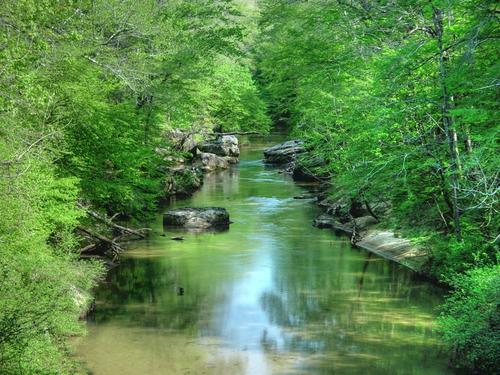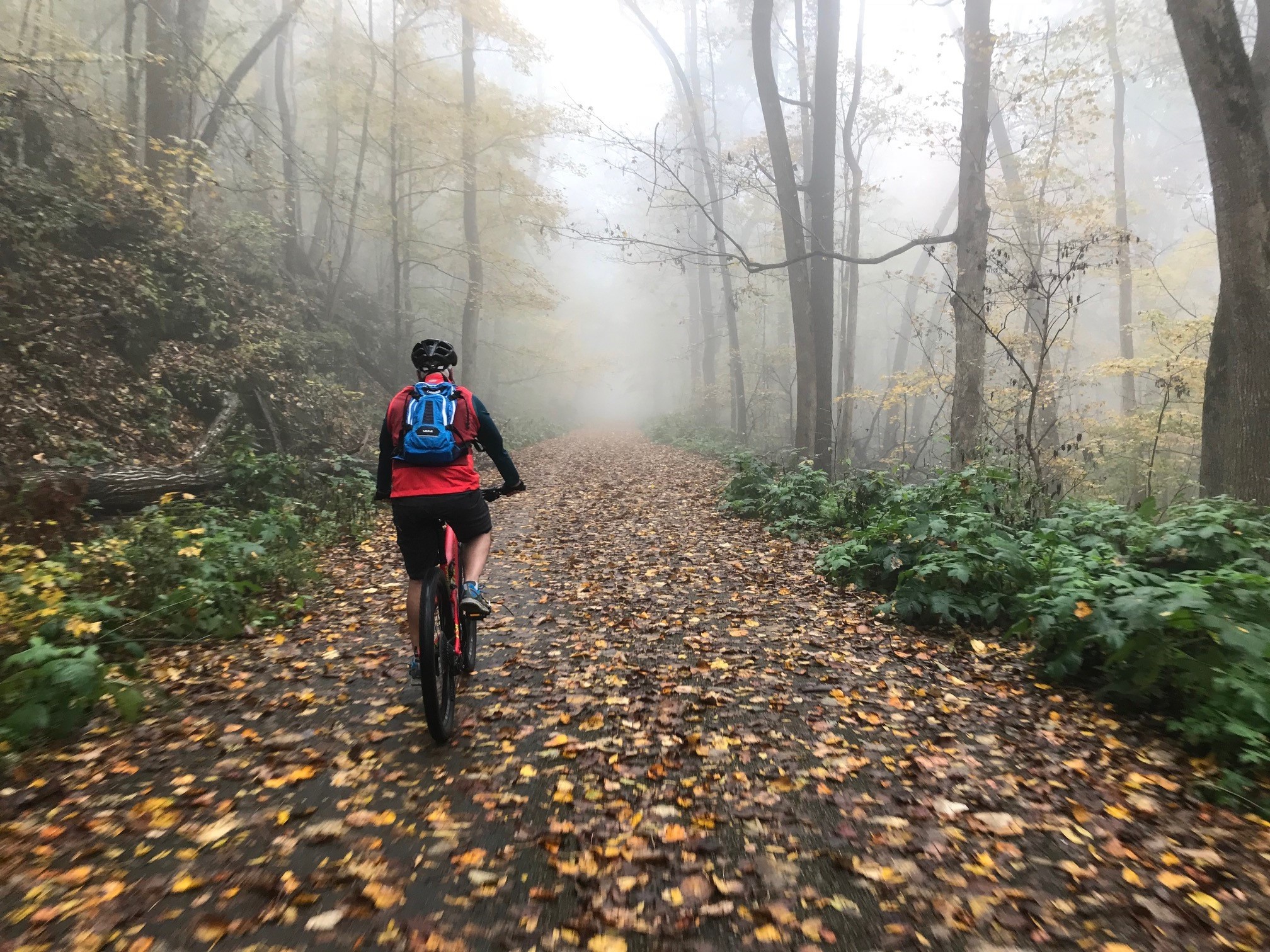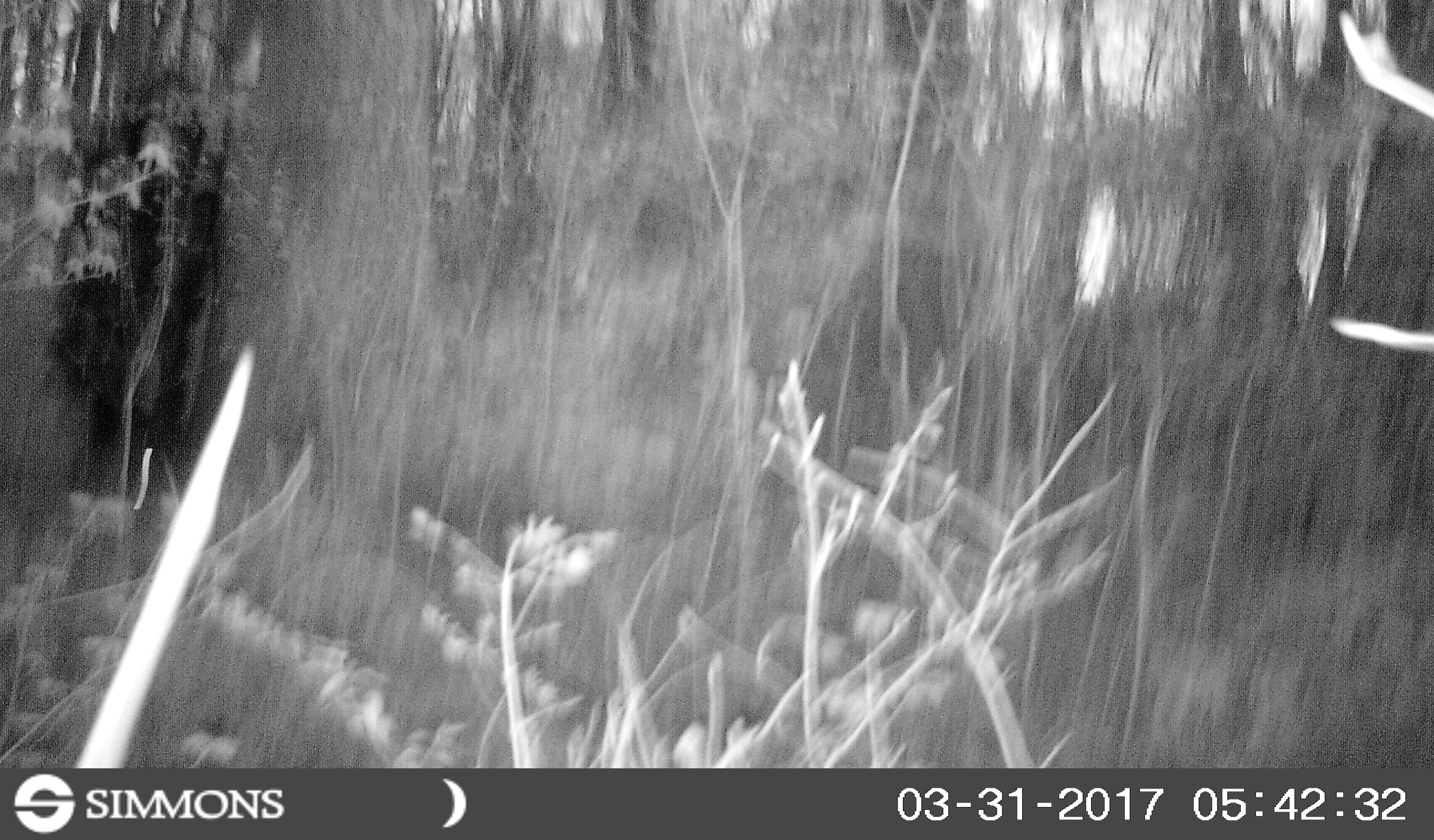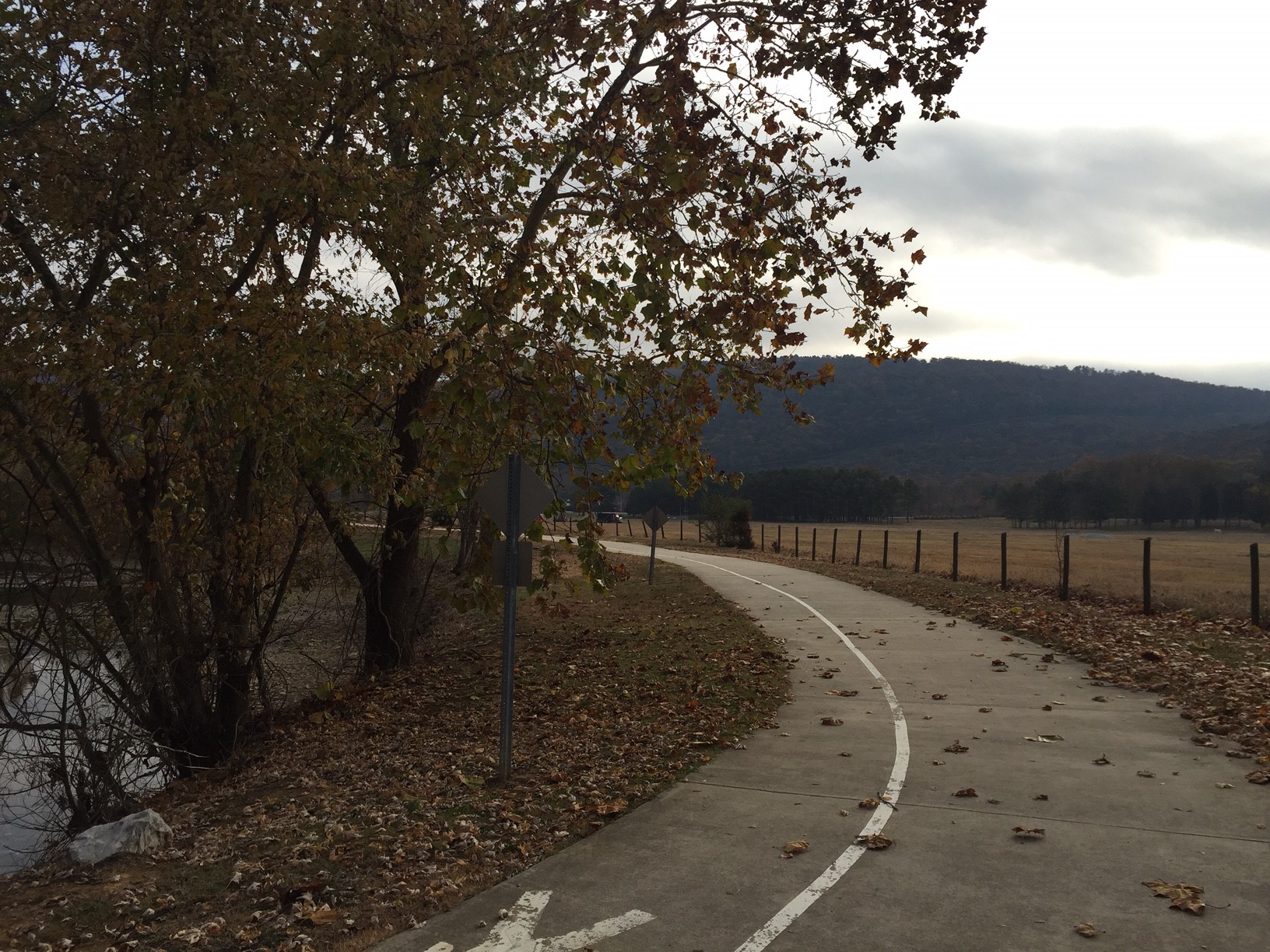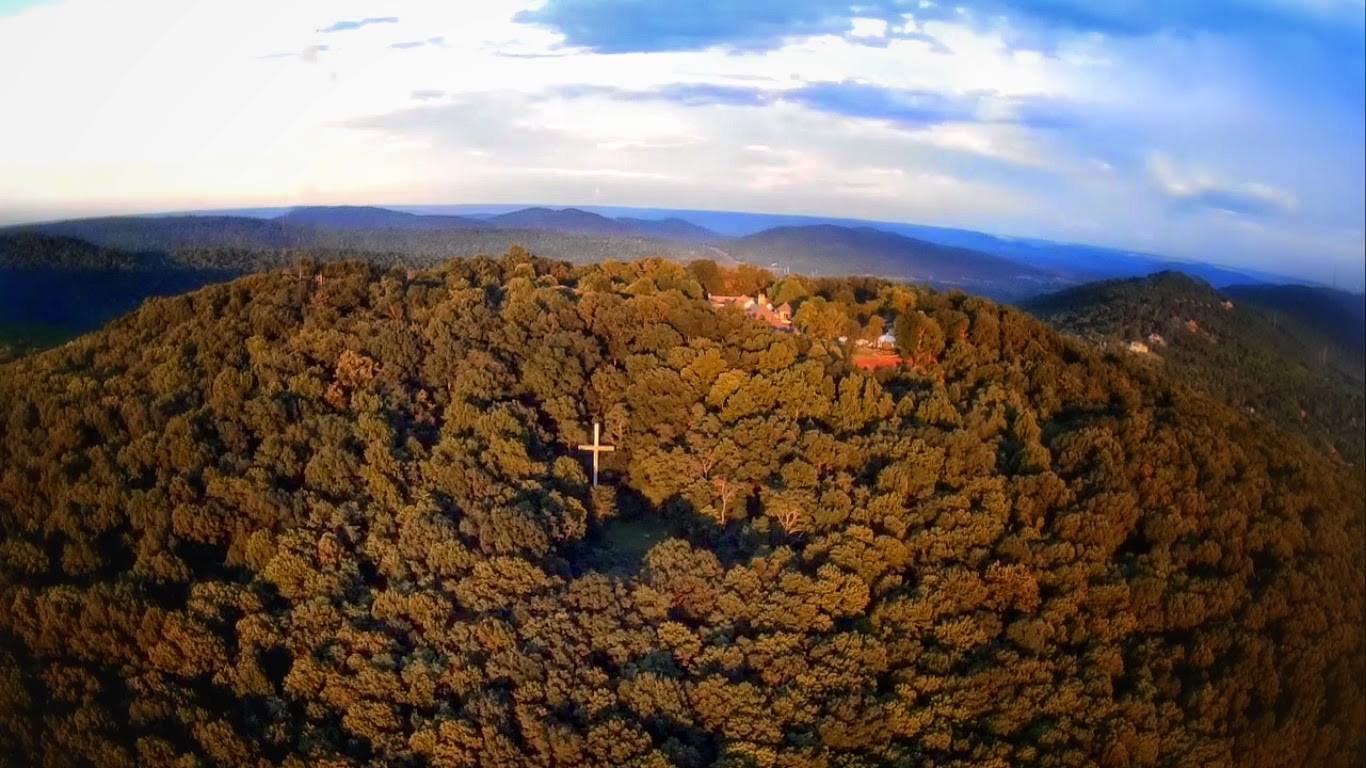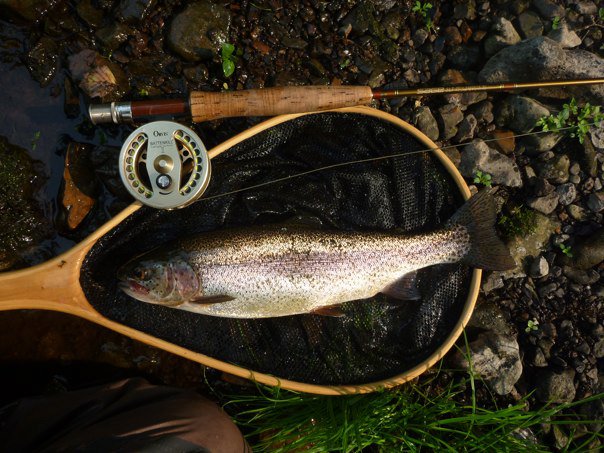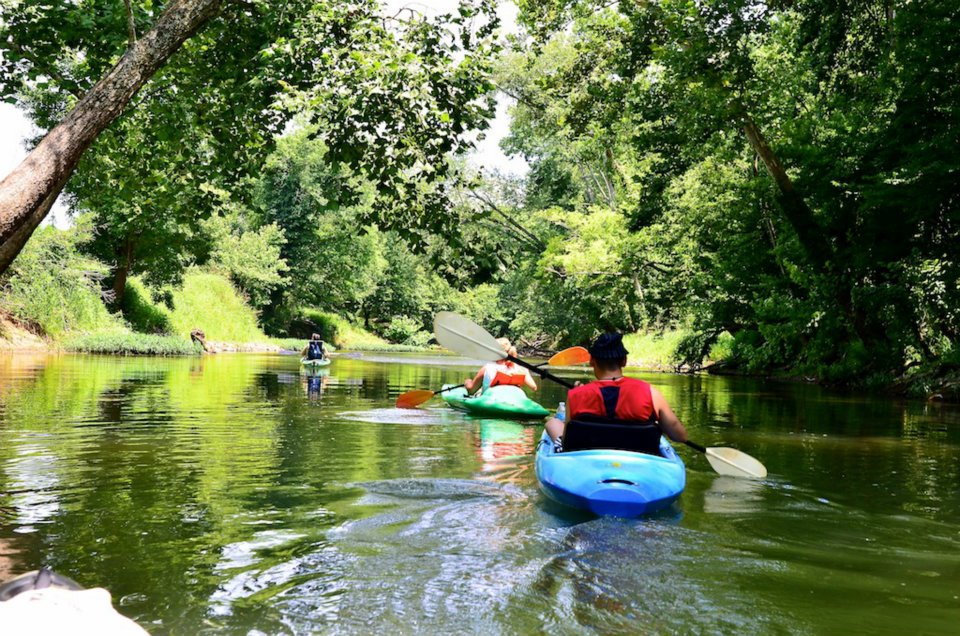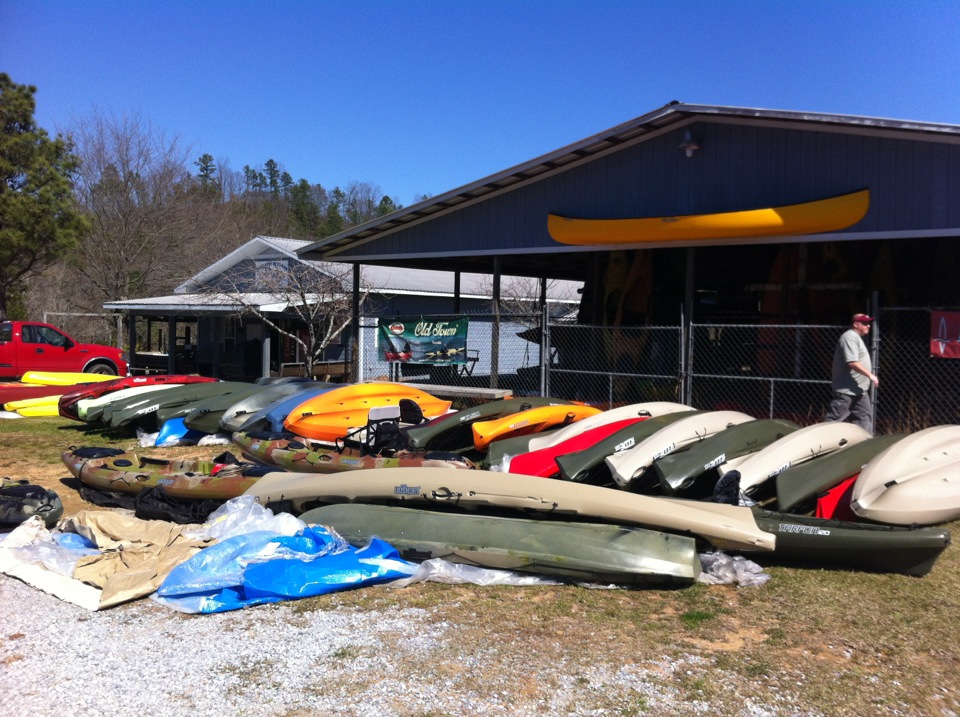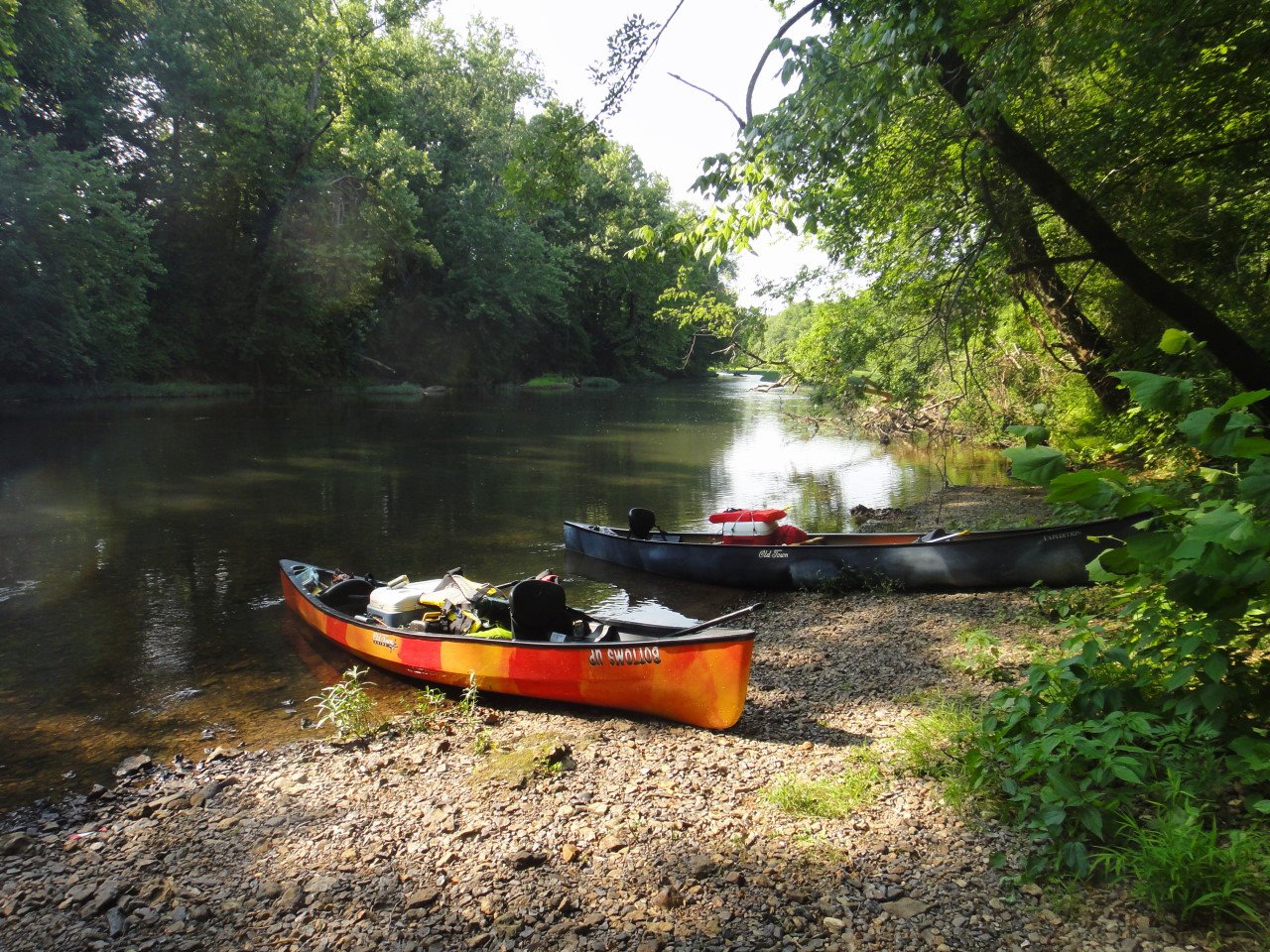Maybe you've heard of the Sipsey River; maybe you haven't. Whichever the case, stop what you're doing and make the trip today…or at least soon. If you're even slightly familiar with the Sipsey, then you know how infrequently sufficient the water level is to allow safe navigation of this river. Additionally, the Sipsey River is as good as it gets in North Alabama. Why are you still reading? Go!
Actually, it's probably good you're still reading because we've got boat loads of tips about the Sipsey. For one, put-in and take-out locations for the most popular run. And no, John Foshee's book doesn't really help here. His book is at least 10 years out of date and it's description of the take-out is outdated…not that it's hard to find mind you. Knowing the proper water level is important too. According to multiple sources including park rangers within Bankhead, the USGS gage height should be within 4-7 feet for safe navigation.
The Sipsey River is Alabama's only "Scenic and Wild" river designated by Congress in 1988 and maintained by the U.S. Forest Service. Wild and Scenic is simply a designation made to preserve "certain selected rivers ... which ... possess outstandingly remarkable scenic, recreational, geologic, fish and wildlife, historic, and cultural ... values" --Wild & Scenic Rivers Act, 1968. For perspective, 12,598 miles of U.S. rivers have received this designation of which Alabama's Sipsey accounts for 64 of those miles...only half of one percent.
The water is a breathtaking shade of green (and cold) and there are numerous waterfalls cascading from high rock bluffs.
Trip Report
STANDARD REQUEST: As always, please pack out what you pack in and more. At some point in your life you're bound to tip and lose all your trash downstream so why not preemptively redeem yourself now :)
Put-in
Use our map to find the Sipsey Recreation Area on County Road 60 (Cranal Rd). There's a large parking lot with restrooms. You can drive from the parking lot to the put-in via a bridge or you can just walk your kayak across the bridge. Once across, the put-in is around to the left. Another option is to put-in at Thompson Creek off Forest Service Road #208. Putting in at Thompson Creek would effectively double your trip (from 9 to 18 miles).
Float
The Sipsey is a fairly easy float with one single exception--the 100 yard dash (spoken as "hundred-yard dash"). The 100-yard dash is located at about the halfway point of this trip and gets its name from the approximately 100 yards of class II rapids. Without a kayak skirt you will get wet. Just how wet is really the question. Having said that, it's a fairly harmless obstacle but don't feel bad if you tip (unless you haven't tied down your gear). Our suggestion here is to send your most experienced down first so they can retrieve any lost boats. And by "retrieve" I really mean chase your boat until the river calms and they can coral it to shore. Once a kayak has tipped and gets even a little water in it it's almost impossible to control.
In one particular trip down the Sipsey, someone in our party "exited" their kayak which then turned over and filled with water. I chased it down and grabbed hold of it. It didn't take me long to realize there was very little I could do with one free hand while holding on to a few hundred pounds of dead weight with the other. Davy and I took turns corralling it to shore while our unfortunate friend floated down to catch up with us. That brings up another tip: wear your life jacket for the 100-yard dash. And bring a change of dry clothes. The only months the Sipsey is navigable are the winter months so you'll get cold quickly once wet.
While we've yet to experience an overnight on the Sipsey, there are tons of options for camp sites. I've marked one particular ideal camp site on the map for a future trip.
Take-out
The whole trip took about 6 hours including a couple generous breaks to explore. Just a little past the Hwy 33 bridge, the take-out has a concrete or rock slide-like structure that leads up to a small gravel parking area. The path from the water to the parking area is long, steep, and difficult to get a car down.
Obstructions
Updated January 23, 2013
The first obstacle--a downed tree--at first appeared to require a portage but mad props (are we still saying that?) to Kevin who cleared a small path to the far right. If the water level had been any higher than 5.4' that day, we may not have been able to pass under the tree.
The second obstacle was another tree down but there were several feet of the tree that were mostly submerged. We recommend getting up some speed and just powering over it. If the water level had been any lower, it would have been necessary to portage.
Lastly, there was a log partially blocking the entrance to the 100-yard dash about face-level. We tried in vain to reach the log to move it but could not find a safe way. In the end, we went to the right of it. There's plenty of room.
Tips
When I went down the Sipsey last year, it was my first time so I brought *everything*. This time I wasn't so worried and forgot to bring some essentials. Luckily I didn't need any of them but several in our party did.
- You will need a change of clothes in a dry bag (secured inside your kayak). You need an extra set of EVERYTHING. That includes shoes, socks, gloves, and a hat. If you tip your kayak at the 100-yard dash you'll have to paddle about 90 minutes to the end in what is usually the colder part of the trip.
- If you want to be extra safe, pack two sets of everything just in case you have mishap unrelated to the 100-yard dash.
- I also recommend putting on waterproof pants before you hit the dash. Even if you don't tip, you will likely get soaked unless you have a spray skirt. The water is a chilly 45 degrees in January. Not exactly hypothermia-cold but certainly unpleasant especially once the sun goes behind the trees.



